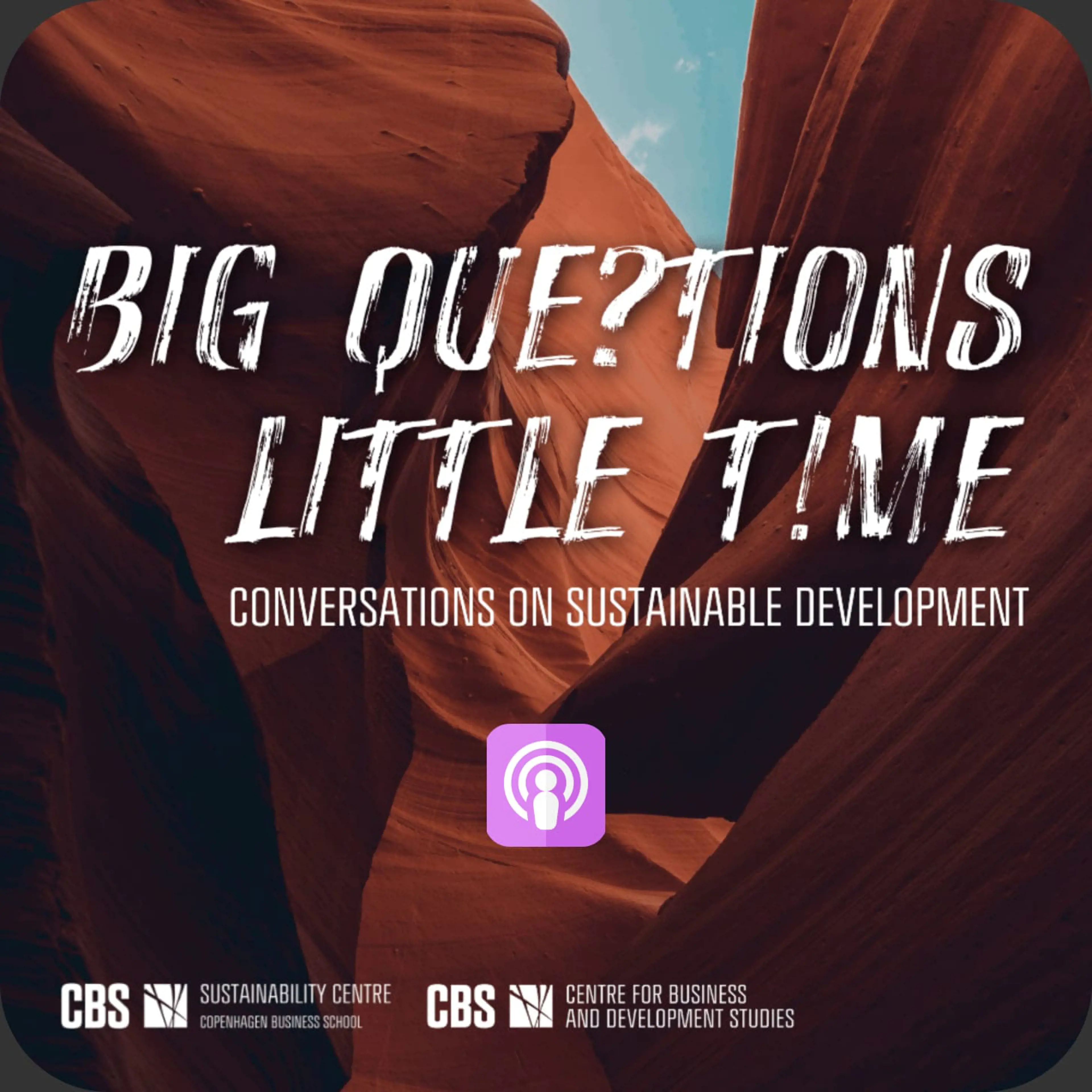2. How do we restore nature?
There is a fundamental tension between the scales at which businesses and ecosystems operate – both in terms of time and space. Ecosystem-based management prioritises a holistic, long-term approach and favours broader nature restoration projects such as protected natural areas and national parks, as seen in the Green Tripartite Agreement. In contrast, businesses prefer specific biodiversity-enhancing solutions with clear, measurable results that are easier to report and communicate. A need that is only growing, particularly with the increasing requirements for reporting.
3. What is the role of innovation?
Businesses' impact on nature is becoming an increasingly important competitive factor. Biodiversity contributions have started to be included in public tender processes - as seen in the 2024 offshore wind auction which failed to attract any bid - and new reporting standards are allowing companies’ biodiversity efforts to be compared and ranked. This creates an incentive to develop new, innovative biodiversity-enhancing solutions. However, it remains an open question how innovation, competition, and politically defined minimum requirements will interact to create the right drivers for business engagement.
The future of organisations’ biodiversity effortsGoing forward, there is a need for frameworks that ensure that businesses' biodiversity efforts align with the long-term survival of ecosystems – without undermining their international competitiveness. This requires new governance frameworks that balance businesses' innovative potential and need for measurability with the integrity of ecosystems. Policymakers and civil servants cannot manage this alone – international collaboration between businesses, researchers, and nature conservation organisations is essential. There are many actors involved, and it is certainly a risk that leaders may become ovewhelmed by the many diverse demands and directions, thereby lowering their ambitions.
We see promising examples in the offshore wind industry, which illustrates what is needed:
- Clear standards and measurement methods – Just as CO₂ emissions have standardised measurement and reporting mechanisms, biodiversity restoration requires robust frameworks to evaluate businesses' claims. Without these, we risk both a lack of common direction and "nature-washing". Ørsted's launch of a biodiversity measurement framework, inviting input and feedback from interested parties, is a good initiative in this regard.




